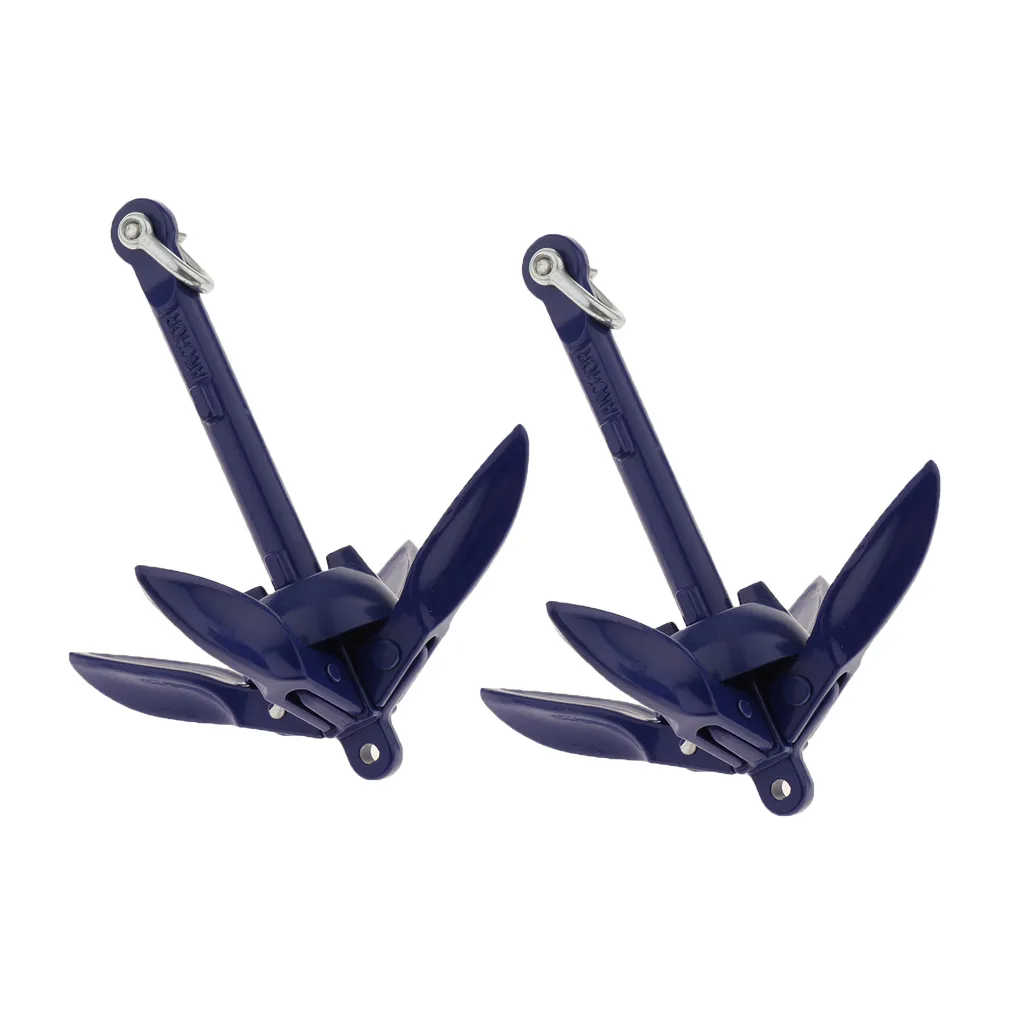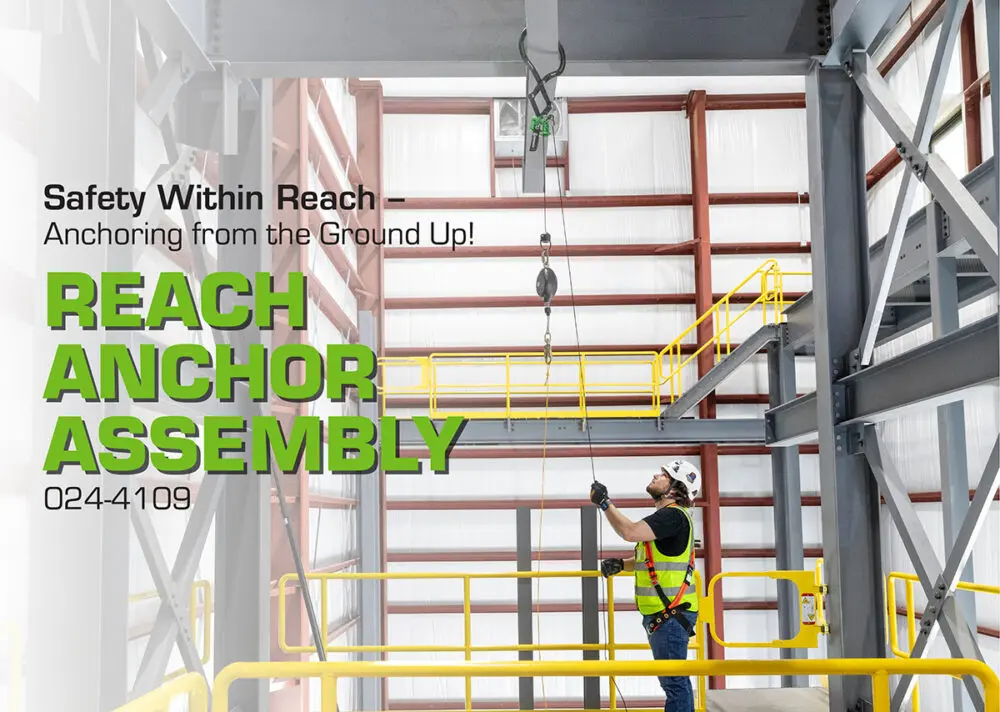The Important Overview to Comprehending Different Types of Anchoring Systems
Recognizing anchoring systems is essential for various applications, from marine to construction settings - Site Security Anchors. Different anchors offer unique purposes based on their environment and load needs. This guide checks out the various kinds of supports, consisting of building, ground, and watercraft anchors. It additionally resolves the materials used and essential factors to consider for choice. Each option impacts stability and integrity. Just what should one focus on when selecting the right support? The response exists in advance
Kinds Of Watercraft Anchors
When selecting a boat support, comprehending the different types offered is crucial for making certain security and safety on the water. The most common kinds include the fluke anchor, recognized for its lightweight design and effective hold in sand and mud; the rake support, which succeeds in a range of seabed problems as a result of its self-setting ability; and the mushroom support, favored for its holding power in soft bases. Another option is the grapnel anchor, often used for little boats and kayaks, perfect for rough shallows. Each support type has specific applications, adding to its effectiveness based upon the vessel size and ecological problems. Choosing the best support not just boosts safety and security however also boosts the total boating experience. Recognizing these distinctions enables sailors to make educated choices, ensuring they preserve control and safety and security while passing through diverse water bodies.
Building and Architectural Anchors
Building and architectural anchors play a necessary role in ensuring the stability and safety and security of numerous building and constructions - Portable Building Anchors. These supports are vital elements that safeguard frameworks to their foundations or support group, stopping movement due to environmental aspects such as wind, seismic activity, or soil negotiation. Typical types consist of mechanical supports, adhesive supports, and growth supports, each offering details purposes based on lots demands and material compatibility
Mechanical supports, for example, are usually used in concrete and stonework, giving high tensile strength. Sticky supports utilize chemical bonding to achieve durable connections, while growth anchors are designed to grasp the bordering material as they are tightened.
The option of an ideal anchor kind depends upon aspects such as tons capacity, environmental problems, and the products included. Correct installation and maintenance of these anchors are crucial for the durability and safety and security of the structure, highlighting their importance in construction and design techniques.
Ground Supports for Outside Frameworks
Ground anchors play a vital duty in protecting exterior frameworks versus ecological forces. Various types of ground supports, along with their installation strategies, identify their effectiveness and integrity. Additionally, considerations concerning load capacity are essential for ensuring the architectural honesty of these installments.
Kinds Of Ground Supports
Supports offer as the foundation for protecting outdoor structures, ensuring security and safety in differing environmental problems. There are a number of types of ground supports, each developed for details applications and dirt problems. Helical supports feature a screw-like style, allowing for simple installation in numerous terrains. Driven supports are pounded into the ground, giving solid resistance versus side tons. Grouted anchors make use of a bonding material to boost security, making them suitable for heavy frameworks. Deadman anchors contain a hidden mass that distributes load, suitable for keeping fencings and walls. Each kind offers a special function, allowing home builders and engineers to pick the most reliable anchoring system based on task requirements and website problems.
Setup Techniques Summary
Effective setup methods are important for guaranteeing the efficiency and longevity of ground supports in outdoor frameworks. Appropriate website evaluation comes before installment, where dirt problems and dampness levels are examined to identify suitability. The choice of the ideal anchor kind need to line up with environmental factors and architectural demands. During installation, accuracy is vital; anchors ought to be put at the appropriate depth and angle to maximize their load-bearing capabilities. Making use of the right devices, such as augers or hydraulic tools, helps with precise positioning and decreases disturbance to bordering dirt. Adhering to maker guidelines for setup procedures is vital to accomplishing peak anchor performance. Post-installation evaluations assure that supports are safely in location and functioning as planned, therefore enhancing the stability of the structure.
Tons Capacity Factors To Consider
When reviewing load capacity for ground supports in outdoor frameworks, a number of important aspects have to be thought about to verify security and performance. The soil kind plays a considerable role; natural dirts give various holding capacities compared to granular soils. Additionally, the support's design and product influence its strength and durability. Ecological conditions, such as wetness and temperature variations, can likewise impact the support's efficiency gradually. The intended tons, consisting of vibrant and static pressures, must be examined to validate the anchor can hold up against stress and anxieties efficiently. Moreover, regional laws and safety requirements have to be stuck to throughout the option and installment process. Effectively examining these variables verifies that ground supports function accurately and sustain outside frameworks safely.
Specialty Anchoring Solutions
Specialized anchoring systems are created to fulfill unique demands in different applications, offering services where standard supports may fail. These systems cater to specific obstacles, such as those run into in undersea building and construction, high-altitude installments, or areas with unsteady dirt problems. For example, helical anchors are commonly used in marine environments because of their capacity to offer solid holding power in soft debris. Similarly, rock anchors are made use of in hilly regions for protecting structures versus rockfall or landslides. Specialized systems may likewise include chemical supports, which bond with substratums to improve load-bearing capability. In addition, they frequently include sophisticated design strategies to address ecological aspects, making sure safety and stability in diverse conditions. By employing customized layouts, specialized anchoring systems use remedies that boost the sturdiness and efficiency of frameworks sought after scenarios, making them crucial in modern-day building and construction and design projects.
Materials Used in Anchoring Systems
The efficiency of securing systems is substantially affected by the products used in their building and construction. Common products consist of steel, light weight aluminum, and various synthetic compounds, each offering distinct advantages. Steel, usually utilized for its strength and toughness, offers robust support in tough settings but is vulnerable to rust if not properly dealt with. Light weight aluminum, lighter than steel, supplies resistance to deterioration and is suitable for aquatic applications, although it may not sustain hefty lots as effectively. Synthetic products, such blog as nylon and polypropylene, are significantly prominent as a result of their lightweight homes and resistance to ecological aspects. These materials can also soak up shock loads, improving overall performance. The choice of product plays a crucial role in the effectiveness and long life of securing systems, impacting their suitability for specific applications. Comprehending these products enables for far better decision-making in the style and selection of securing remedies.
Aspects to Think About When Choosing a Support
Picking an anchor calls for mindful consideration of a number of necessary factors that can substantially impact its efficiency and viability for particular applications. The very first aspect is the type of soil or substratum, as various anchors do better in differing click problems such as rock, clay, or sand. Additionally, the expected lots, consisting of fixed and dynamic forces, need to be examined to figure out the support's stamina requirements.
The anchor's size and weight are also considerable, as they should match the vessel or structure being protected to guarantee stability. Ecological problems, such as tidal motions and weather condition patterns, can even more influence support option.
Additionally, the designated usage-- whether for long-term or temporary applications-- will influence the selection of anchor kind. Compatibility with other securing systems can enhance total safety and security and effectiveness. As a result, a detailed examination of these aspects guarantees the ideal support is chosen for peak performance.
Installation and Upkeep Tips

Normal examinations are essential to determine wear, corrosion, or any indications of failure. Customers ought to check for loosened components and tighten up or replace them as required. Cleansing the anchor factors periodically can prevent the buildup of particles that may jeopardize their integrity.
Furthermore, users should consider environmental factors such as moisture and temperature level, which may influence the anchors' performance. Keeping documents of maintenance activities can assist track the system's condition with time. Following these methods will enhance get redirected here the integrity and longevity of anchoring systems, ultimately adding to the safety and security of the general framework.
Frequently Asked Concerns
What Are the Ecological Influences of Various Anchoring Equipments?
The environmental effects of different securing systems include damage to aquatic ecological communities, sediment disturbance, and possible injury to local wildlife. Lasting techniques can minimize these impacts, advertising healthier underwater environments and preserving biodiversity in seaside locations.
Just How Do Laws Impact Anchoring System Choices?
Rules significantly influence anchoring system selections by imposing safety standards, environmental managements, and functional standards (Portable Building Anchors). Subsequently, users should follow these requirements, resulting in the option of systems that stabilize capability, validity, and environmental factors to consider
Can I Utilize Numerous Supports Together?
Using multiple supports with each other is practical and commonly improves security. Nevertheless, one need to take into consideration the particular problems and features of each support type, ensuring they function sympathetically to attain the wanted holding power and security.
What Are Common Errors When Using Anchoring Solutions?
Usual errors when utilizing securing systems include incorrect weight distribution, insufficient understanding of ecological problems, ignoring normal devices upkeep, stopping working to make up tidal changes, and making use of incompatible products, which can jeopardize security and efficiency.
Just How Do Weather Influence Support Performance?
Climate condition considerably influence anchor efficiency, as solid winds and unstable waters can raise strain on the support. Furthermore, heavy rainfall may change seabed conditions, affecting the anchor's grip and total stability during adverse climate occasions.
